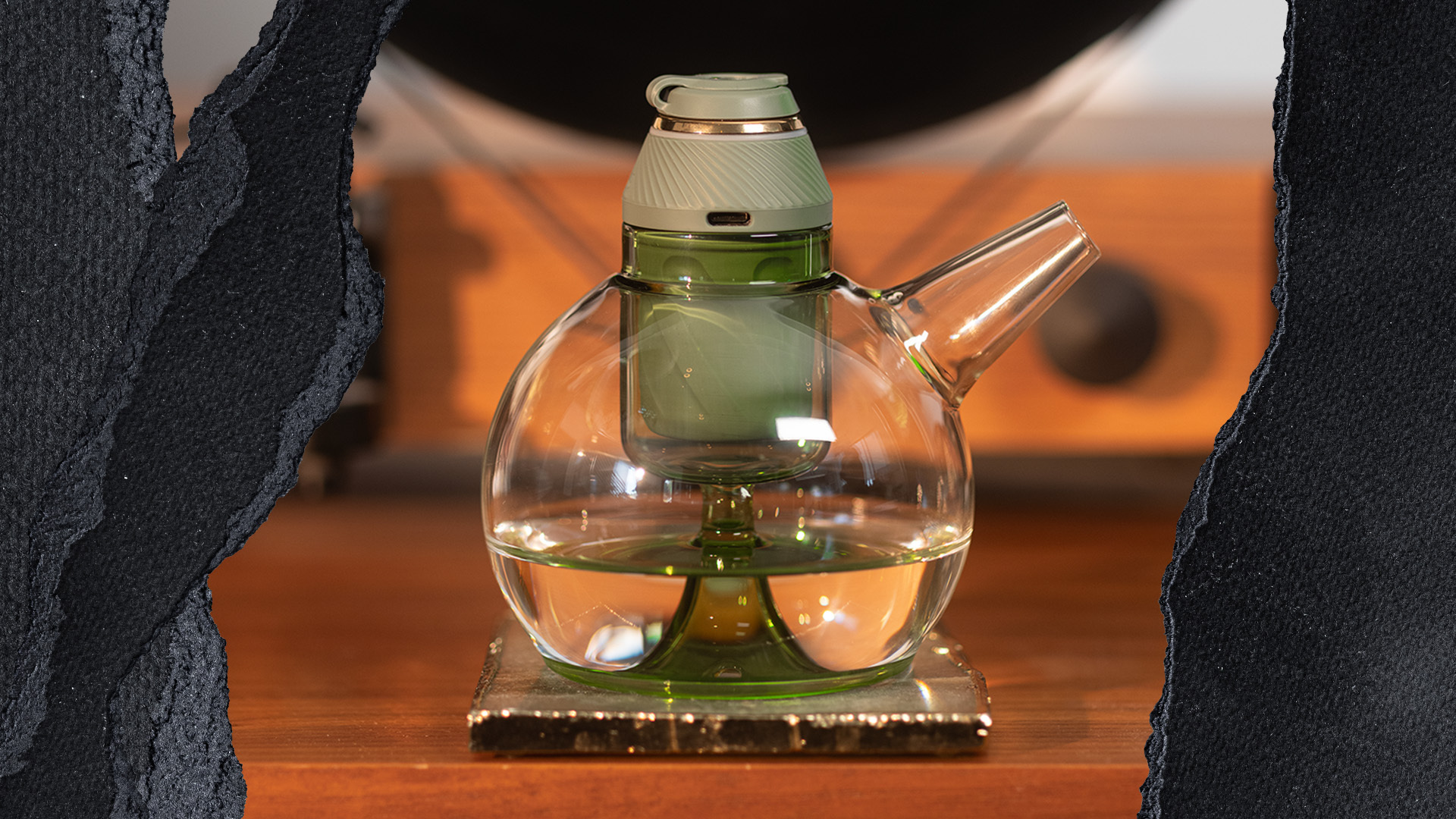Cannabis businesses in the state of Oklahoma have 90 days to become compliant with the state’s seed-to-sale (S2S) tracking system. Originally, this was going to happen much sooner, but attorney Ronald Durbin representing Dr. Z-Leaf Cultivation filed a lawsuit back in April of 2021. The lawsuit alleged that the state contract with METRC violated anti-monopoly laws, and represented the foundation for unconstitutional taxing and other issues. Since the filing of this lawsuit last year, businesses have not been required to comply with any type of seed-to-sale tracking.
A compromise reached by attorney Ronald Durbin and his plaintiff, Dr. Z Leaf Cultivation, has resolved almost all of the concerns raised at the filing of the lawsuit. District Judge, Natalie Mai, signed an order stating, “all medical marijuana licensees have 90 days to become compliant with the tracking system.”
Oklahoma’s New Seed-to-Sale Tracking Program: Consumers Could Benefit
Over the next 90 days, those who have a cannabis license will need to follow the steps to become compliant. With a seed-to-sale tracking system, a cannabis plant is monitored from the time it is grown until the time it is sold.
This means any product that isn’t tagged must be sold or destroyed in this time frame. As the deadline moves closer, many places will offer huge discounts rather than being faced with destroying product. This in return could potentially help save patients across the state of Oklahoma some green on their green.
How will S2S tracking affect the future of cannabis in Oklahoma? What are the pros and cons of seed-to-sale tracking systems? Is Oklahoma the only state to have a seed-to-sale tracking system? These are all great questions that we’re going to dive into.
Cannabis and Oklahoma: A Brief History
Oklahoma used to be one of the toughest states in America when it came to cannabis laws and enforcing them. Back in June of 2018, voters in the state of Oklahoma voted in favor of legalizing medical cannabis. It was then that State Question 788 passed with a 57% to 43% vote cementing Oklahoma’s place in US history as the 30th state to legalize medical cannabis. Without delay, Oklahoma cultivated a vast medical cannabis industry.
The statistics are a little difficult to keep up on with new growers and dispensaries popping up like weeds. Oklahoma, as of December 2021, has an estimated 12,600 cannabis business licenses, an estimated 8,600+ growers and close to 2,300 dispensaries. Talk about options! Unfortunately, not all of these options are up to standards. The state of Oklahoma is flooded with low-quality cannabis. Some attempt to pass off sub-standard product as top shelf product to new patients.
Why You Should Get Your Medical Marijuana Card
Veriheal has satisfied millions of patients nationwide by giving them access to these benefits
- Larger purchase limits
- Peace of mind
- Enhanced legal protection
- Access to higher potency strains
- Save up to 25% on cannabis purchases
- Skip the line at the dispensary
To put the scope of the problem into perspective, Oklahoma has more cannabis dispensaries than if you were to combine all of the dispensaries in Washington state, Oregon, and Colorado. Oklahoma has about a 10th of California’s population, but has more licensed cannabis farms than the Golden State. In the first year of medical cannabis legalization, Oklahoma issued over 7,300 medical cannabis business licenses.
It’s estimated that over 5% of Oklahoma’s population are registered, medical cannabis patients. The sheer number of medical patients and licensed businesses in Oklahoma highlights the importance of putting some form of sales monitoring system in place to protect consumers.
What is a Seed-To-Sale Tracking System?
A seed-to-sale tracking system is a combination of tags and digital information attached to each cannabis plant. It monitors the plant from when it is cultivated as a seed to the point that it is sold. METRC stands for Marijuana Enforcement Tracking Reporting Compliance. This web-based software is state-mandated in many places and helps to monitor the production, testing, manufacturing, distribution, and sale of cannabis.
Oklahoma is not alone when it comes to employing the use of an S2S tracking system. Colorado, Montana, Alaska, Michigan, Oregon, Nevada, Louisiana, Ohio, Maryland, Massachusetts, and Washington DC all utilize METRC.
Pros of a S2S Tracking System
- Consumer safety
- Access to daily audits by inventory managers
- Up to the minute data and statistics on tax revenue, sales growth, enforcement, and market performance
Cons of a S2S Tracking System
- It costs dispensaries to use this service, meaning those costs initially trickle down to the consumer
- Mistakes or human error that take place during transactions are automatically reported to the state before having an opportunity to be corrected
- Compliance training and associated costs for businesses
What Effect will the Seed-to-Sale Tracking System Have on the Future of Cannabis in Oklahoma?
Oklahoma’s cannabis industry sprung up like a weed and has become somewhat out of control. The black market has made a home in the state of Oklahoma. This market cultivates cannabis in Oklahoma and then transports it for distribution along the Eastern side of the United States. It’s half the distance of running it from California to the East Coast.
Utilizing METRC will help to slowly stomp out the illicit black market for cannabis cultivation in the state of Oklahoma. By cutting down on the number of growers and cultivators as well as focusing on quality control and consumer safety, METRC stands to increase the quality of the cannabis industry across Oklahoma.
Recently there was a recall issued by OMMA—the Oklahoma Marijuana Management Authority—for a cannabis concentrate product containing THC-O. If METRC was in place, it would have been easy to expose every location involved in the selling of this product. As it turns out, this product was being sold at a local dispensary in the town I live. This offers a tangible example of how METRC could help improve product quality and consumer safety.
If Oklahoma’s medical cannabis market is to truly thrive, quality cannabis products must be the focus for cultivators and dispensaries. Quality medical cannabis can greatly influence the results experienced by medical cannabis patients. Hopefully, in the coming months, METRC will help bring about a monitoring and quality control platform that benefits us all.
Author, Share & Comments














